Chile Solar Plant Transport
UTC Manages Transport For
CHILEAN SOLAR PLANT
UTC Chile recently moved a three-phase power transformer across South America for a long-time client.
Manufactured in Brazil, the unit was transported to the Atacama Desert in Chile for installation in a substation that is part of a large solar plant project in the region.
Oversized cargo require specialized equipment for lifting and discharge
The heavy, over-dimensional transformer weighed 135.2 MT and measured 840 x 360 x 495 cm. Also included in the transport were accessories, spare parts, and oil, packed in 8-40' containers. The cargo shipped as breakbulk on a container vessel.
UTC used a Gottwald Mobile Harbor Crane with tandem lift to discharge the cargo from the vessel. The oversized transformer was hoisted and loaded onto a drop deck 12-axle Goldhofer modular trailer. Additionally, police escorts and road permits were critical in moving the heavy cargo.
Preplanning, including a feasibility study and risk assessment, began months ahead
The move involved transporting the unit from the destination port to the final job site and placing it onto the foundation. An Enerpac Jack and Slide system, under the supervision of the UTC team, was used to complete this part of the job.
A route survey was conducted to ensure roads and bridges could accommodate this oversized load. The discharge of a heavy transformer is a delicate process, and swells at the port can hamper operations. Due to frequent swells occurring at the destination port, careful planning and monitoring were necessary to ensure the discharge took place at just the right time to minimize risks.
Chile has created one of the world's most important solar power markets
The country has almost 75% of the installed solar power capacity in Latin America despite having only 3% of the population.
Introduced in 2015, Chile's Ministry of Energy announced its Roadmap to 2050: A Sustainable and Inclusive Strategy, which plans for 19% of the country's electricity to come from solar energy by 2050. With the Atacama Desert possessing some of the most extensive solar power capabilities in the world, there are a number of additional projects under construction in the region, with many more planned.


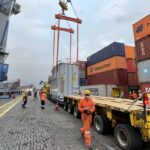
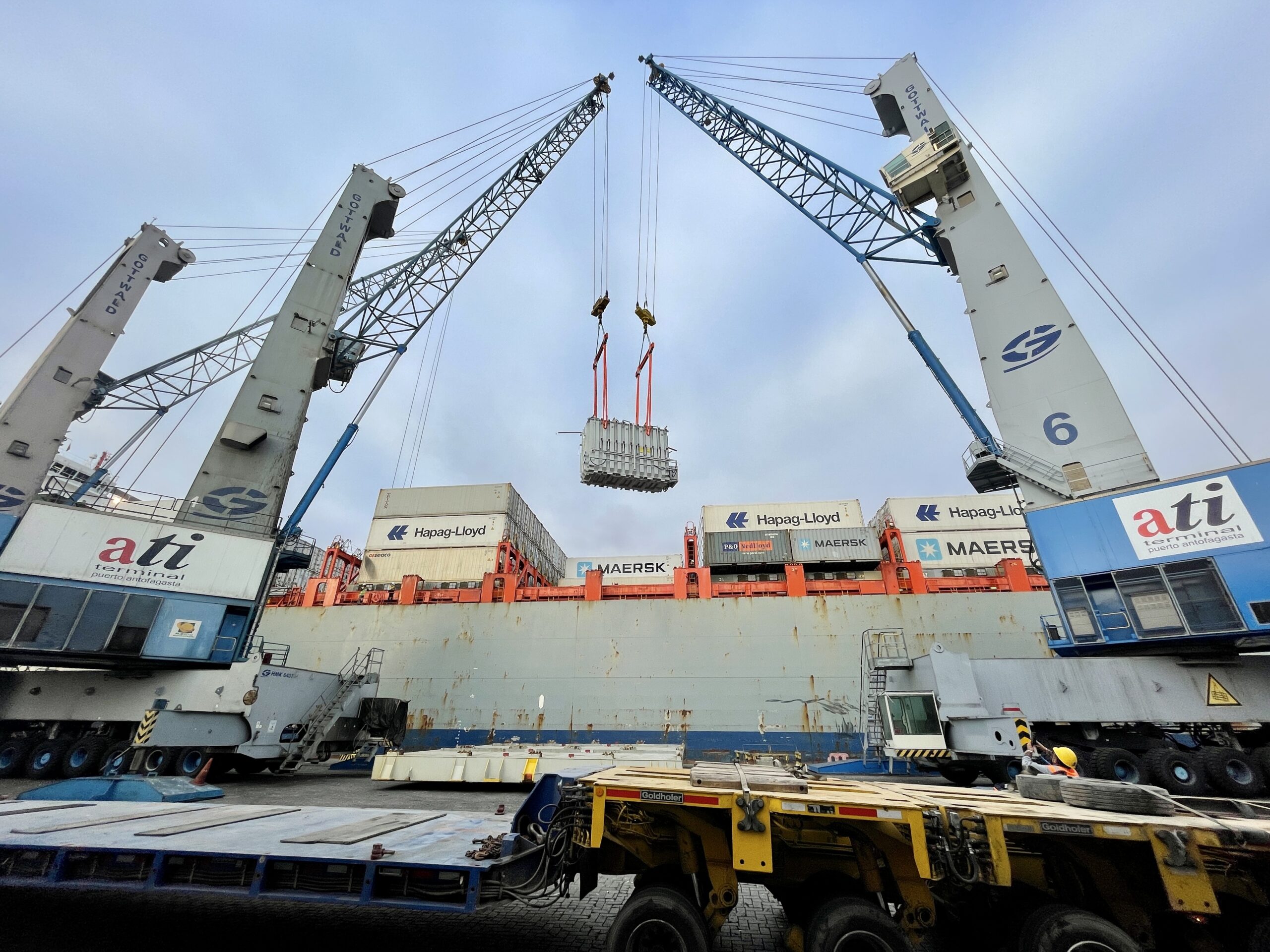


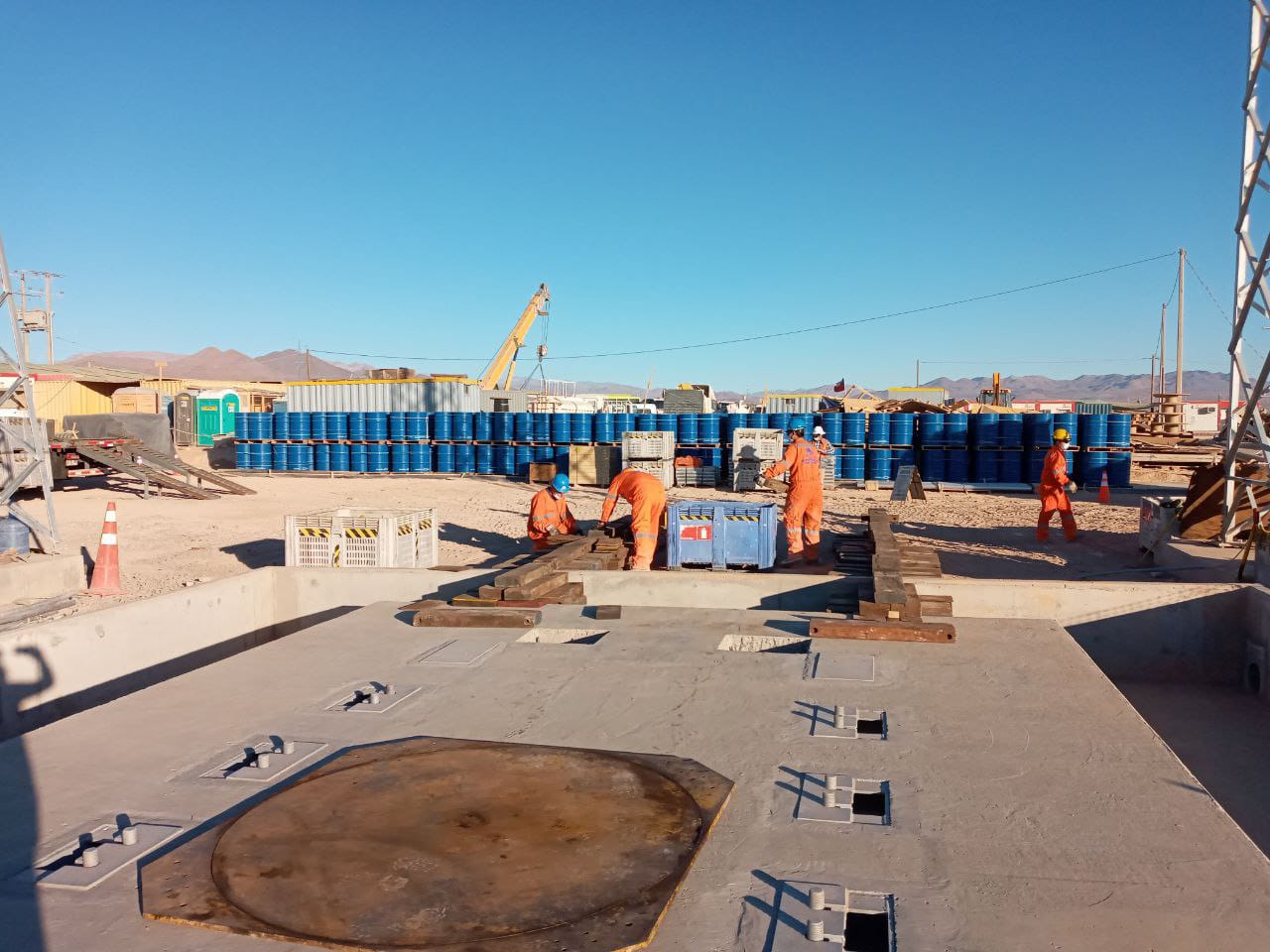
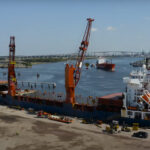
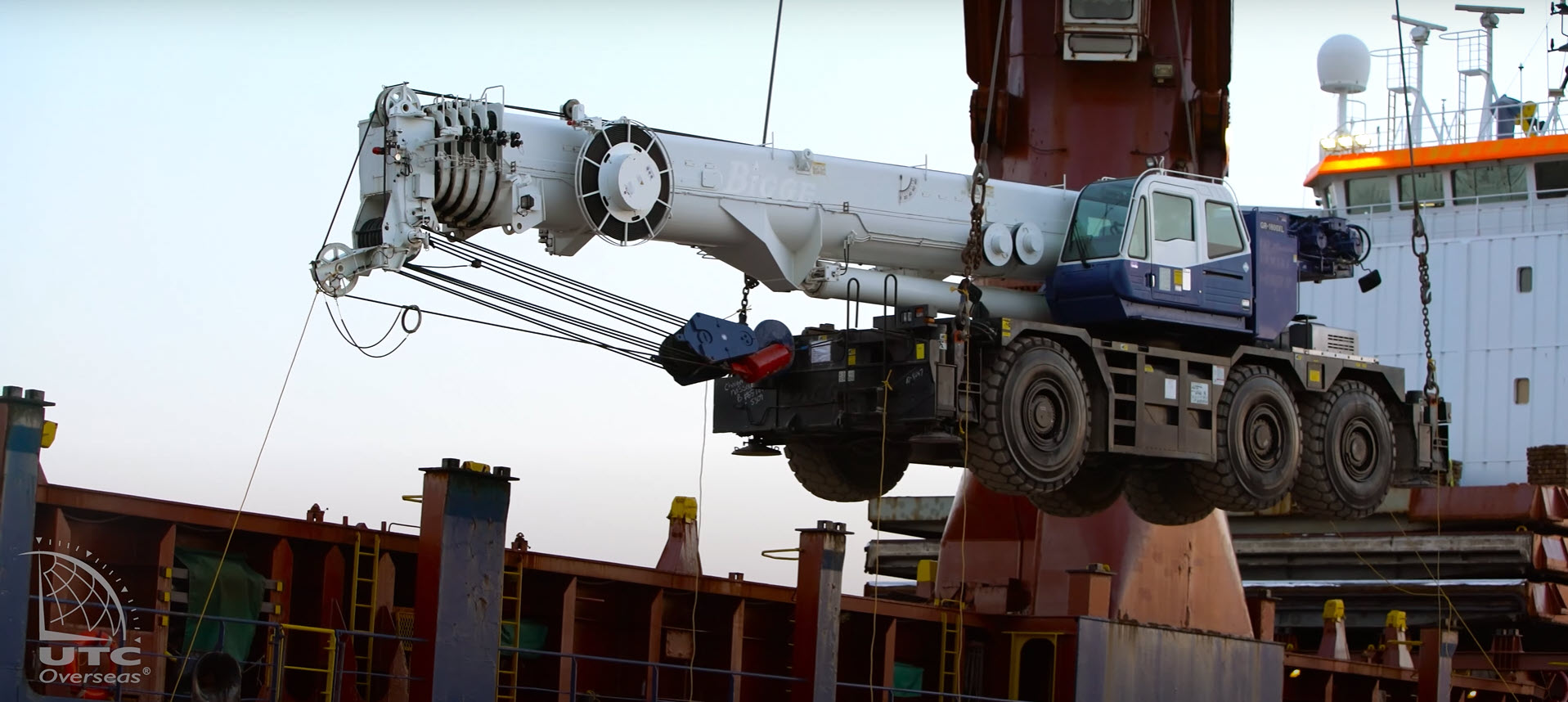
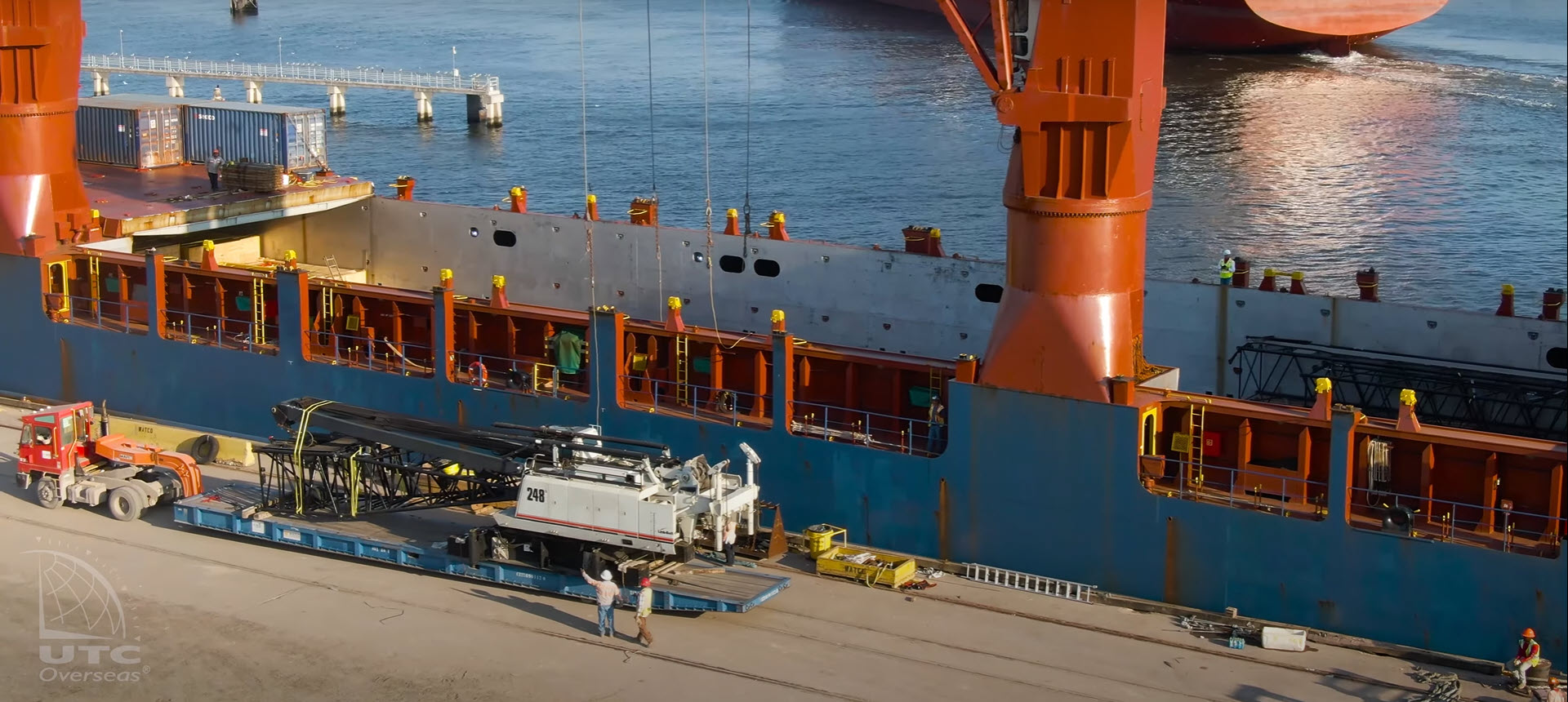
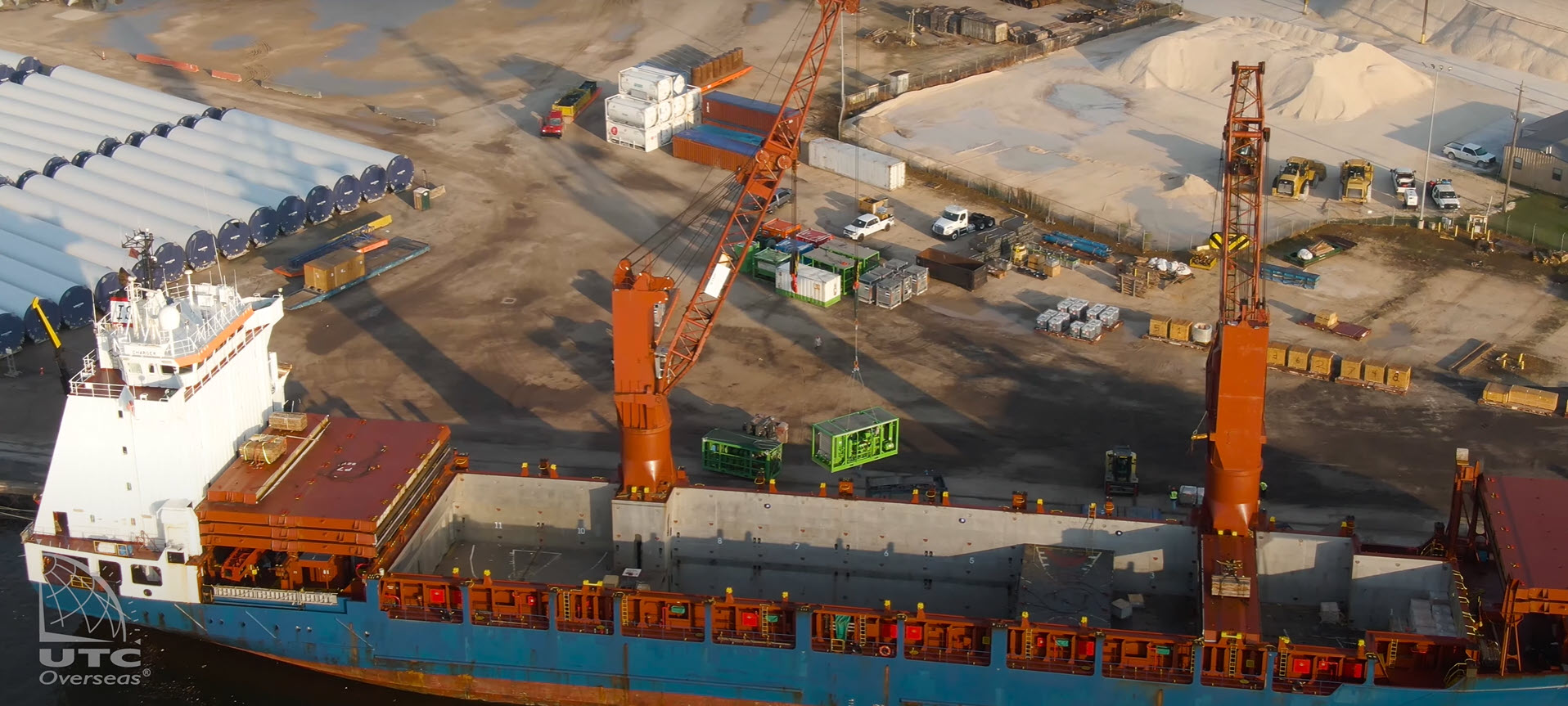



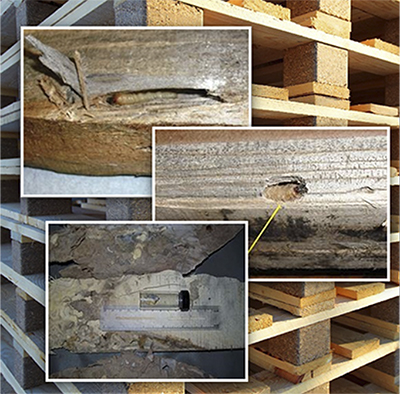
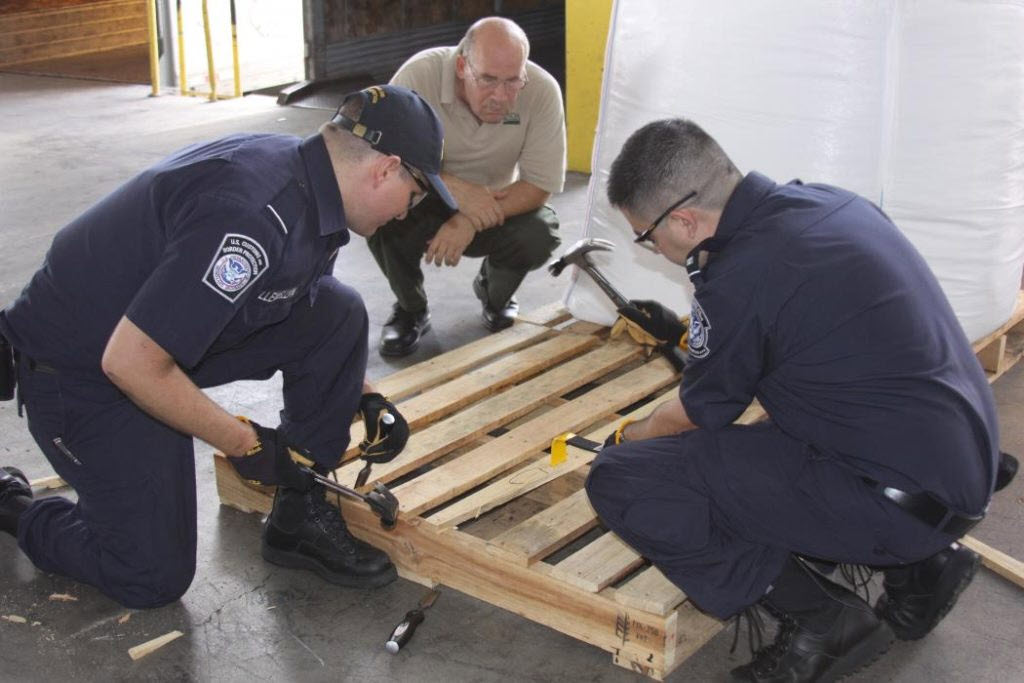
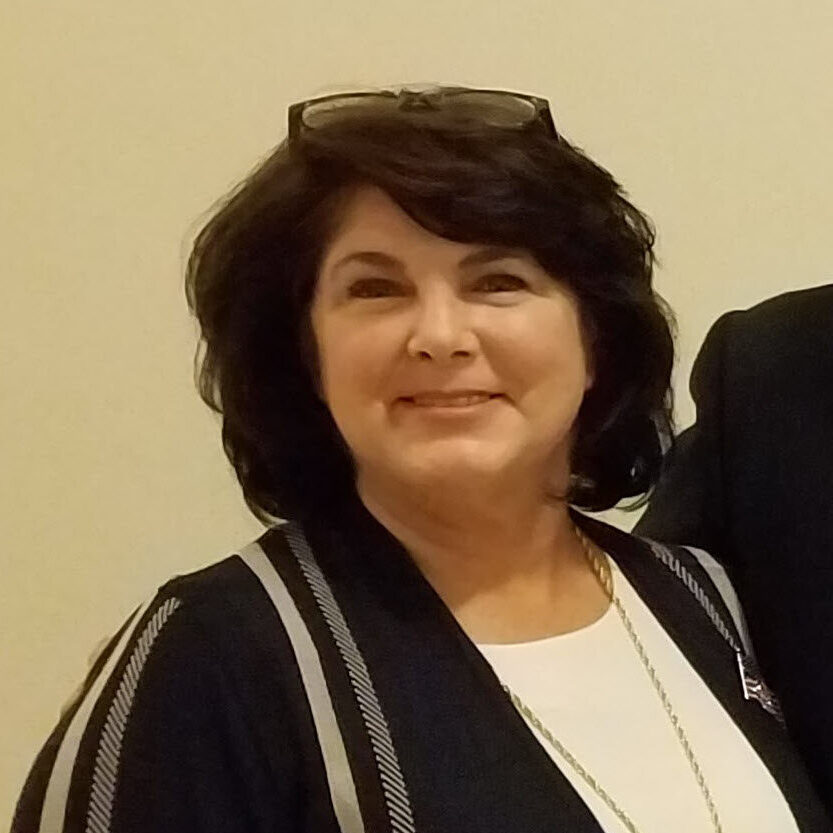

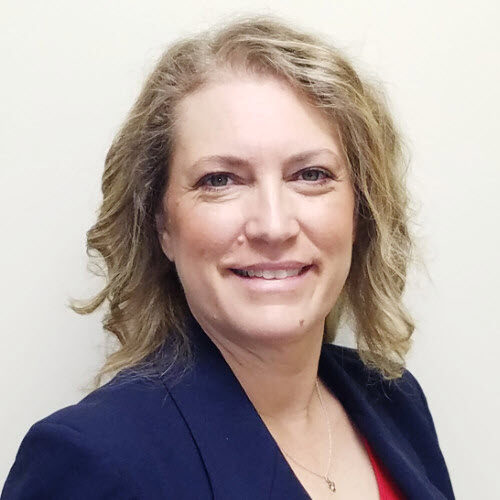


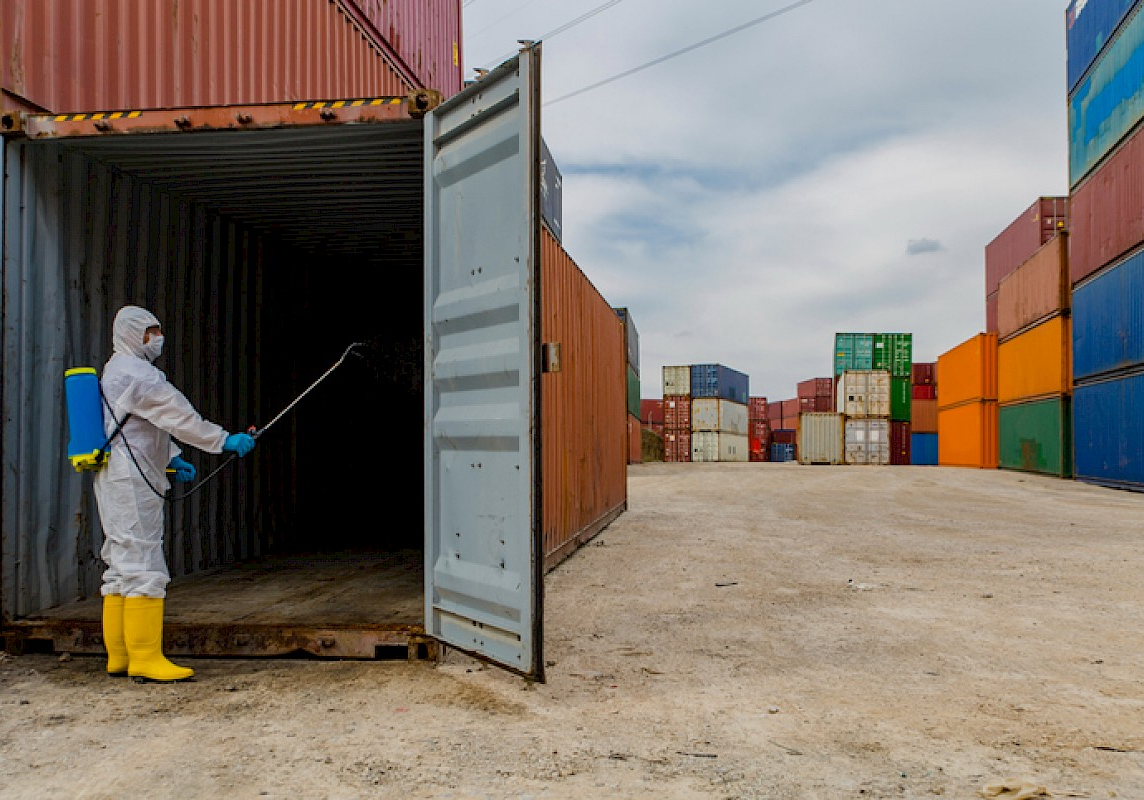

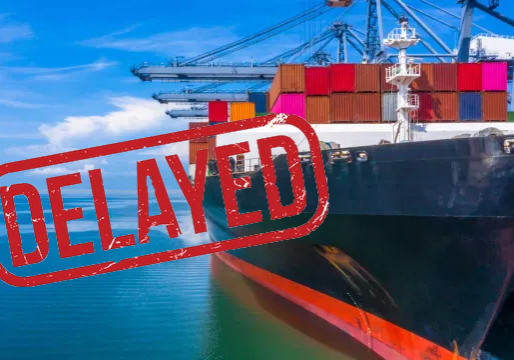
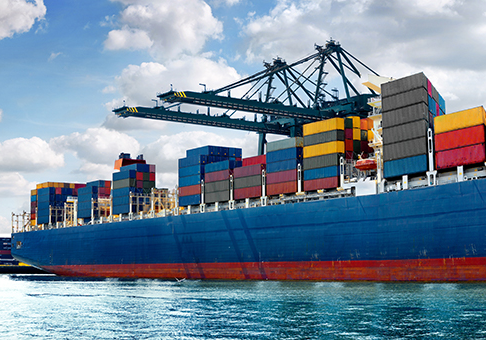
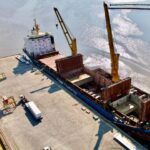
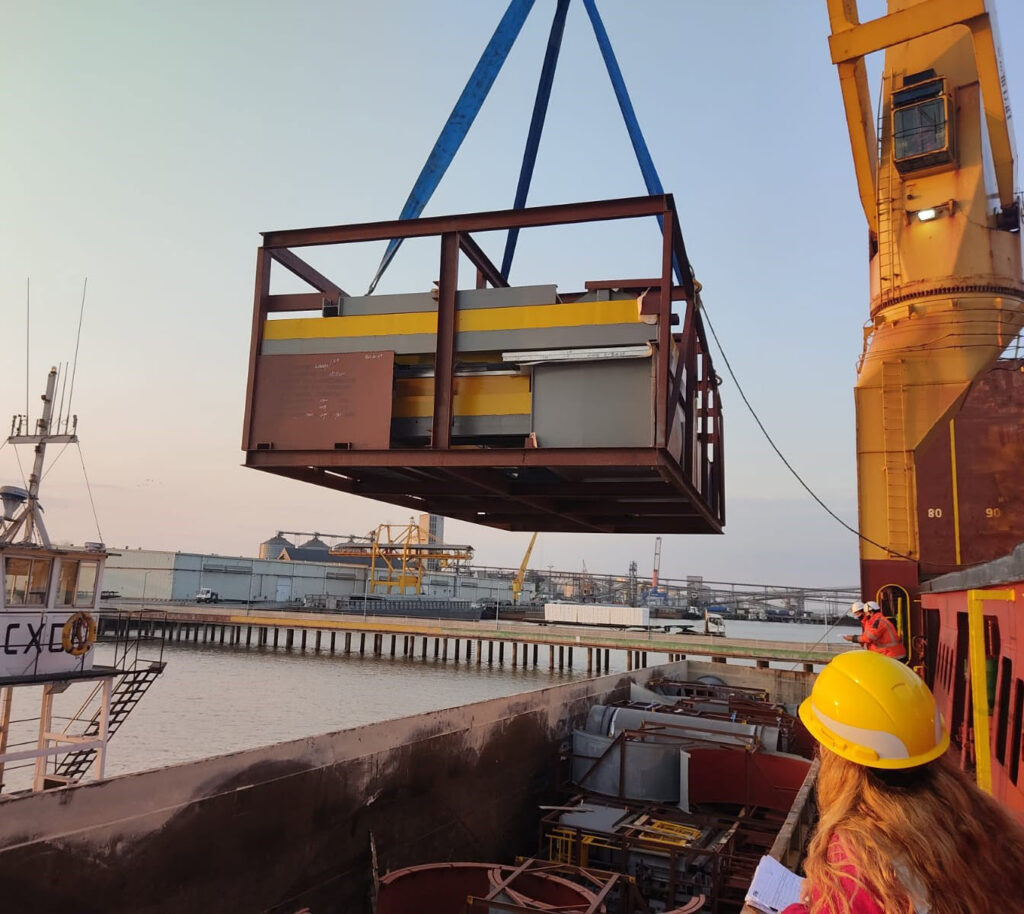
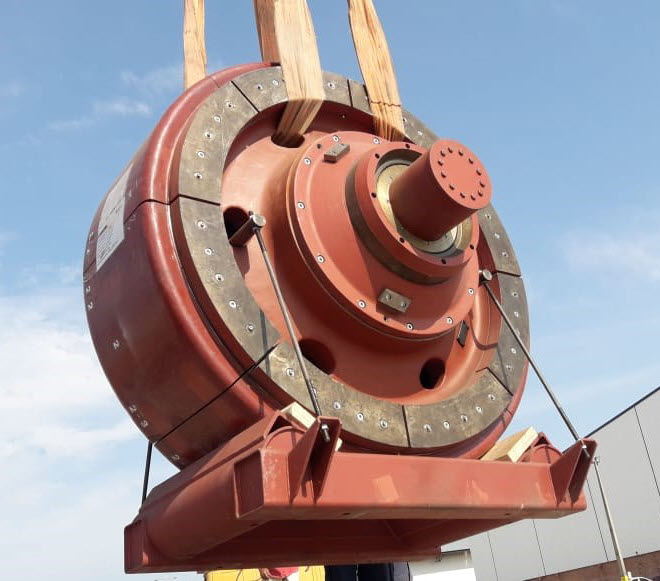
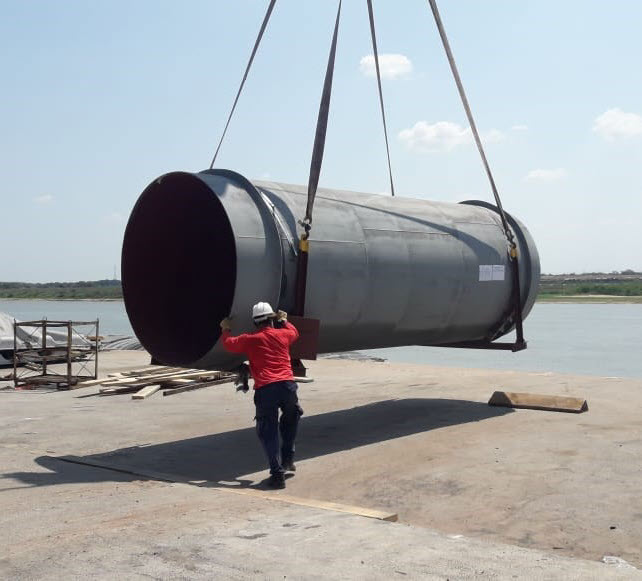
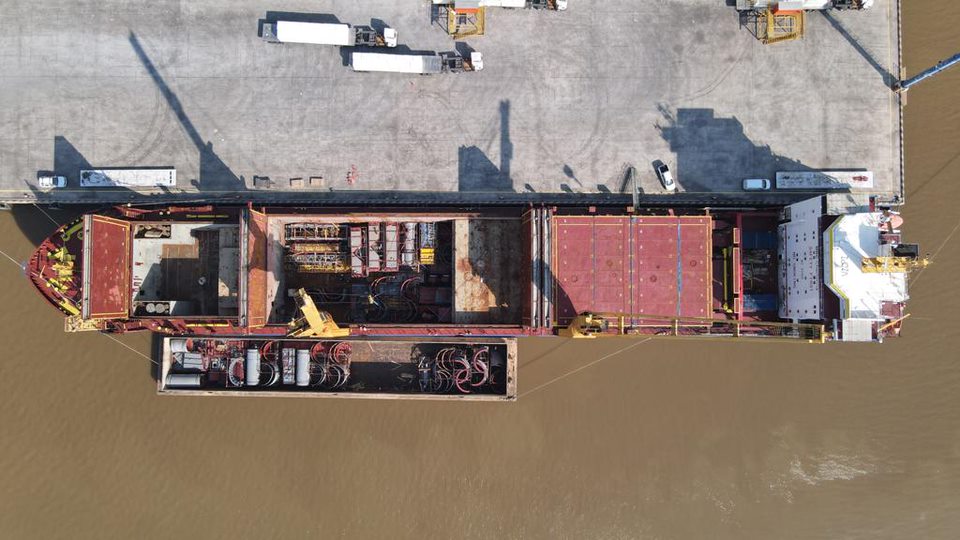
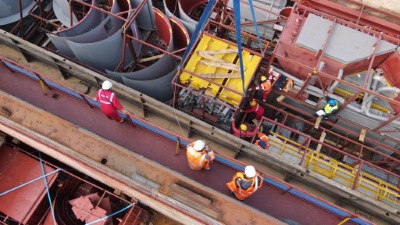
 News Briefs
News Briefs